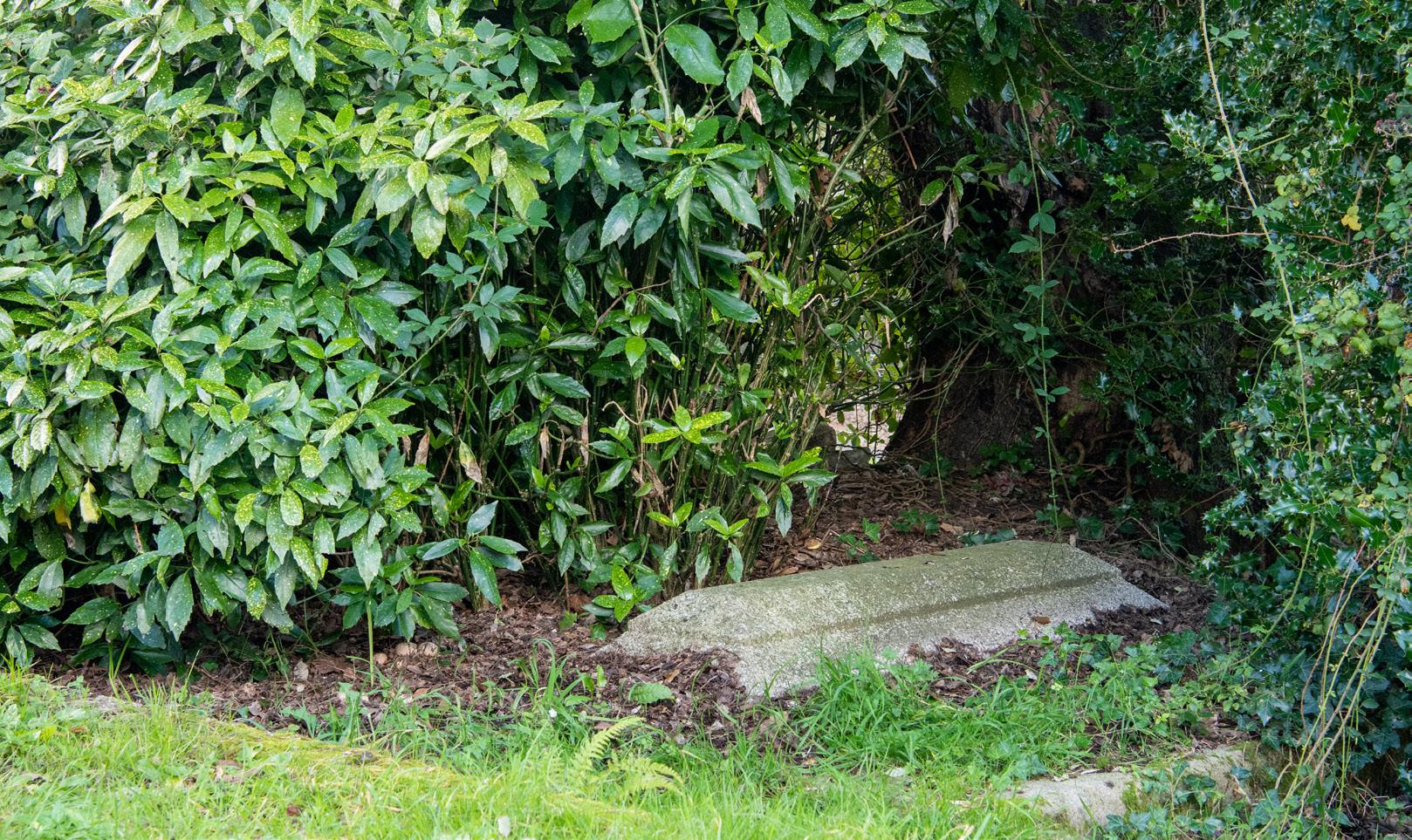
1 minute read
Emily Stackhouse
Emily Stackhouse
Did you know that Emily Stackhouse is buried in Probus Churchyard?
Advertisement
Perhaps you are wondering who was Emily Stackhouse?
Emily, although little appreciated in her own time, is today regarded as one of the most eminent Victorian botanists and botanical illustrators. The daughter of William Stackhouse, she was born at Modbury in Devon in 1811, moving to Probus in 1834, when her father inherited the manor of Trehane, (the other manor house of Probus).
At a time when few women were scientifically educated, Emily obviously stimulated by her father and uncles, also botanists, became an accomplished botanist herself. She also became a very proficient botanical water colourist. During her lifetime she produced some 620 paintings of plants, noted for their accuracy in detail and colour. These were used to illustrate many eminent botanical works, particularly ‘Flowers of the Field’ by Charles Alexander Johns, published in 1853. Unfortunately, because she was a woman, her work was often used without acknowledgement.
She collected and classified virtually every British moss and was known to have identified, named and classified specimens of specific mosses found only on the unique micro-environment of The Lizard, long before their existence was officially recognised.
Even so, because she was a 19 th Century woman scientist, most of her work received less serious attention than had she been a man.

Watercolour: Ever Green Alkanet Anchusa Semperviren dated 1870 by Emily Stackhouse of Probus.
Today, originals of her work are much sought after. Recently, one of her 10 x 8 inch water colours was on sale in the United States for nearly $6000.00.
The grave of such an eminent Probus resident deserves much better than this. Her achievements in a male dominated world, deserve greater appreciation.

Image: The forgotten grave of Emily Stackhouse by Richard Ludlow.
Our village should be proud of her and her work. Seek out her grave. Spread the word.
She was unique. Special. And here.
Neil Staten

